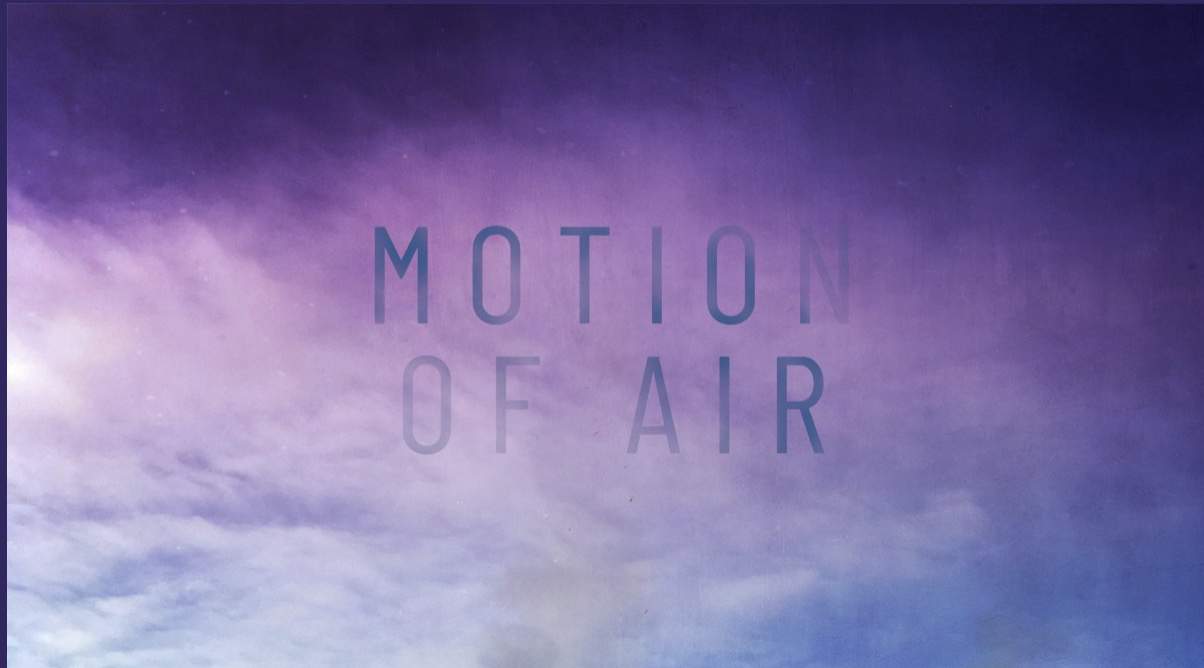There’s something about a leather jacket that just makes you feel powerful. It’s no wonder that so many sound effects designers use this unique material to add an extra layer of realism to their work.
In this blog post, we’ll discuss the different ways you can use a leather jacket to create sound effects, and we’ll give you some tips on how to make the most of this versatile asset. . Whether you’re looking to produce a gritty urban sound or a haunting, atmospheric effect, a leather jacket can be a valuable addition to your sound effects arsenal. By experimenting with various techniques such as rubbing, scratching, and tapping the leather, you can create a wide range of sounds that will add depth and dimension to your audio projects. With its unique texture and ability to produce nuanced tones, a leather jacket can serve as the ultimate sound effects library in your creative toolkit.

Leather Jacket Creates a Mixture of Sounds
A leather jacket can be used to create a variety of sound effects. For example, by gently tapping the sides of the jacket, you can create a sound reminiscent of raindrops falling on a window. Or, by crumpling up the jacket and then shaking it, you can create a sound like thunder rumbling in the distance.
Likewise, by running your fingers along the inside of the jacket, you can create a variety of eerie, creepy sounds that are perfect for Halloween. In short, UFX017 LEATHER JACKET sound library of a recorded leather jacket is a versatile tool for creating sound effects that can add atmosphere and dimension to any film or audio production.
Tim Prebble’s (Hissandaroar) Leather Jacket
When Tim Prebble bought his first leather jacket, he had no idea that he would one day become obsessed with the material. But over the years, he has come to appreciate the unique properties of leather.
Leather is strong yet flexible, durable yet soft, and it develops a rich patina over time. Tim’s first jacket was made from a beautifully soft hide, and it quickly became his favorite piece of clothing. It was comfortable and stylish, and it served him well for many years.
But as Tim’s obsession with leather grew, he realized that he wanted to record the sound of leather in all its subtlety and complexity. So he set out to create a library of leather sounds, using two of his own jackets as the source material. The result is a fascinating collection of sounds that captures the unique character of this remarkable material. Thanks to Tim’s obsession, we can now enjoy the sound of leather in all its richness and detail. Who knows what Tim will be obsessing about next?

Tim’s heavy-duty biker’s leather jacket is a beautiful thing. It’s big and bulky, with big zips and beautiful red tartan lining. But it’s not just a pretty face; this jacket has been through some tough times. Tim and his jacket have had some great adventures together, but both are now retired.
Thanks to their age, they produce some lovely characterful leather creaks, but they’re far more subtle than the heavy leather in the SOFA library. Even though they’re retired, Tim and his jacket still have plenty of life left in them. They may not be able to take on the world like they used to, but they can still enjoy each other’s company and create some amazing memories.
UFX017 LEATHER JACKET is available now. It is a 1.28GB download • 2.02GB as 82 x 24bit 96kHz .WAV files with metadata & photos. For a 33% Early Bird Discount please use coupon code: “RIP”, the discount expires May 22nd, 2022.










